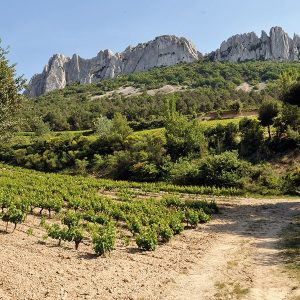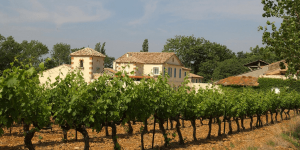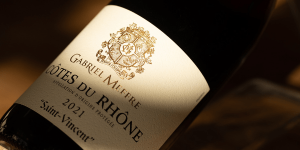How to aerate wine ?
The aim is to put the wine in contact with the ambient air and mix it. Oxygen can help release a wine’s aromatic potential. Jasper Van Berkel, sommelier and manager of our cellar in Gigondas explains:
Sommeliers make a distinction between carafage and decanting: the latter is done when we want to prevent the natural sediment in the bottom of the bottle ending up in the glass. We use this process for old vintages.
On the other hand, young wines are usually poured into a carafe, in order to soften their tannic structure and release their aromas. Carafes with a wide base are ideal: they ensure a large surface area for oxygenation, which is essential to allow the wine to express itself.
Jasoer adds:
Opening a bottle of wine a couple of hours before drinking it whitout pouring it into a carafe is pointless, as the area of contact between the wine and the air is far too small. If you don’t have a carafe and want to drink a wine for laying down in the evening, it is best to open it in the morning.”
;
Which wines should be aerated ?
Red wines
Depending on their region of origin and how young they are, red wines can have marked tannins with a certain amount of astringency when opened. Opening the bottle in advance or pouring it into a carafe will help reveal it in its best light. Ideally, young wines should not be left in a carafe for more than two hours. ;
; ;A wine with good structure and potential will blossom when poured into a carafe. Doing this rapidly ages the wine. It shakes it up and transforms it, allowing it to open up and release its full aromatic range.”
For wines that have been in a cellar for a few years, take care not to leave them in a carafe for too long.
“I use ‘carafage’ for very specific wines, such as wines for laying down that are less than five years old.”
Jasper precise : This softens them and makes them more aromatic. For example, if you want to enjoy your 2017 Domaine de Longue Toque Gigondas now, then you must pour it into a carafe first! This will soften its tannins. Leave it to rest for one and a half to two hours and it will be ready to taste.”
White wines
With white wine, aerating is something that is done only with “Grand Cruse”. This gives them greater precision, releases their aromas and gives them a clearer texture in the mouth.
“For example, the aromas of our Laurus Hermitage white will be far richer and more expressive after it has been poured into a carafe. Serve it cold but not iced (12-14°C) by keeping it in a bucket of cold water.”
Old wines
These are wines that are a decade or more old. Contrary to what one might think, they have nothing to gain from being poured into a carafe, as these subtly flavoured wines oxidise rapidly. It is preferable to leave them stored vertically the night before drinking, so that the sediment sinks to the bottom of the bottle. After opening, they should be tasted without delay.
“Pouring an old wine into a carafe will further speed up its ageing, with a high risk of oxidation and altered aromas. Doing so would have the opposite of the desired effect, leading to a very disappointing tasting experience” explains Jasper.
Which glasses to choose?
Jasper expplains
“The quality of the glass is very important for a good tasting. That of the carafe is far less important. You can find simple carafes with a wide opening and base that will do a very good job. If you have a budget, it is wiser to spend it on glasses than on a carafe.“
Fellow wine lovers, aerating is definitely a key part of getting the best out of your wines. Add a carafe to your kitchen to enjoy your wine tastings to the full! If you want to shine during wine tasting sessions, then this article is for you!
Rubrics
Découvrez plus d'articles...
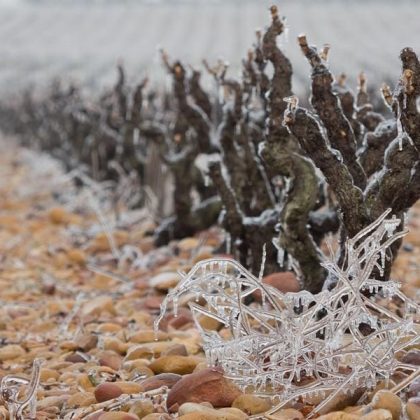
The vineyard and wine cellar in winter
What happens in the world of wine during the winter period? After the hustle and bustle of autumn, the harvests and vinification process, comes winter, a season devoted to maturation and looking after the vines.

In 2018, we will continue to strive to be a Responsible Company!
In this new year, our wish to help build a world that respects both mankind and the environment is as strong as ever. This can be seen through the number of our projects for 2018 that are closely related to our convictions as a Responsible Winery. We’re delighted to be given the opportunity to tell you about them!
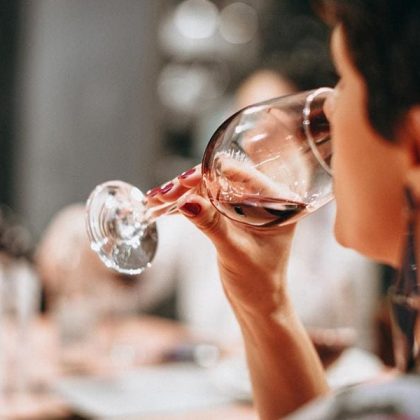
Discovering the art of pairing wine and chocolate
A morsel of white chocolate, Black Forest gâteau, pieces of stem ginger wrapped in chocolate, or Mexican chicken in chocolate sauce—all very appetising, but which wine would you serve with each one? Food and wine pairings factor in a combination of elements, such as the terroir, our powers of concentration, the circumstances of the tasting session, our sense memory and more. We guide you through some of the basic principles of this fascinating world!
